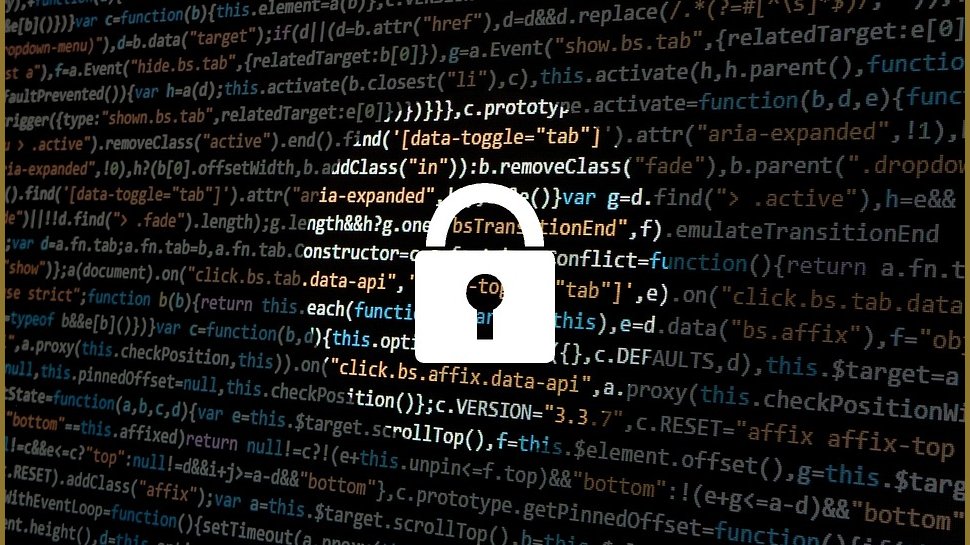Researchers find a way to make photos and muted videos ‘speak’ – here’s what it could mean for your privacy
The curious technology is powered by a sophisticated machine learning system

Capturing audio from a still image may feel like something out of a sci-fi novel, but one scientist has actually devised a way to do it, with the helping hand of AI.
By creating a machine learning tool called Side Eye, a team led by professor of electrical and computer engineering and computer science at Northeastern University, Kevin Fu, can read into images to an extraordinary degree.
By applying Side Eye to a still image, they can determine the gender of a speaker in the room, where the photo was taken, and the words they spoke, according to TechXplore. They can also apply the tool to muted videos.
An AI-powered privacy nightmare?
"Imagine someone is doing a TikTok video and they mute it and dub music," Fu told the publicaton. "Have you ever been curious about what they're really saying? Was it 'Watermelon watermelon' or 'Here's my password?' Was somebody speaking behind them? You can actually pick up what is being spoken off camera."
The machine learning-powered Side Eye exploits image stabilization technology that’s universally used across almost all smartphone cameras.
Cameras built into smartphones have springs to suspend the lens in liquid, meaning photos aren’t taken blurry or out of focus due to somebody’s shaky grip. Sensors and an electromagnet combine to push the lens in the opposite direction to whatever shakiness is being applied, to stabilize the image.
When somebody speaks near the camera lens while the photo is being taken, it creates tiny vibrations in the springs and bends the light in a subtle way. Although it would be near-impossible to extract the sonic frequency from these vibrations, this is made simple due to the rolling shutter method of photography most cameras use.
Sign up to the TechRadar Pro newsletter to get all the top news, opinion, features and guidance your business needs to succeed!
"The way cameras work today to reduce cost basically is they don't scan all pixels of an image simultaneously – they do it one row at a time," Fu added. "[That happens] hundreds of thousands of times in a single photo. What this basically means is you're able to amplify by over a thousand times how much frequency information you can get, basically the granularity of the audio."
While Side Eye itself is in a very basic form, and requires far more training data to refine and perfect, should a more advanced form of the system fall into the wrong hands, it could pose a cybersecurity nightmare for many.
But, there are positive implications for the technology too, especially should a far more advanced form of Side Eye be used as a kind of digital evidence for those working to investigate crime.
More from TechRadar Pro
- These are the best smartphone cameras out there
- We've rounded up the best privacy tools and anonymous browsers
- 8 reasons why smartphones are a privacy nightmare

Keumars Afifi-Sabet is the Technology Editor for Live Science. He has written for a variety of publications including ITPro, The Week Digital and ComputerActive. He has worked as a technology journalist for more than five years, having previously held the role of features editor with ITPro. In his previous role, he oversaw the commissioning and publishing of long form in areas including AI, cyber security, cloud computing and digital transformation.